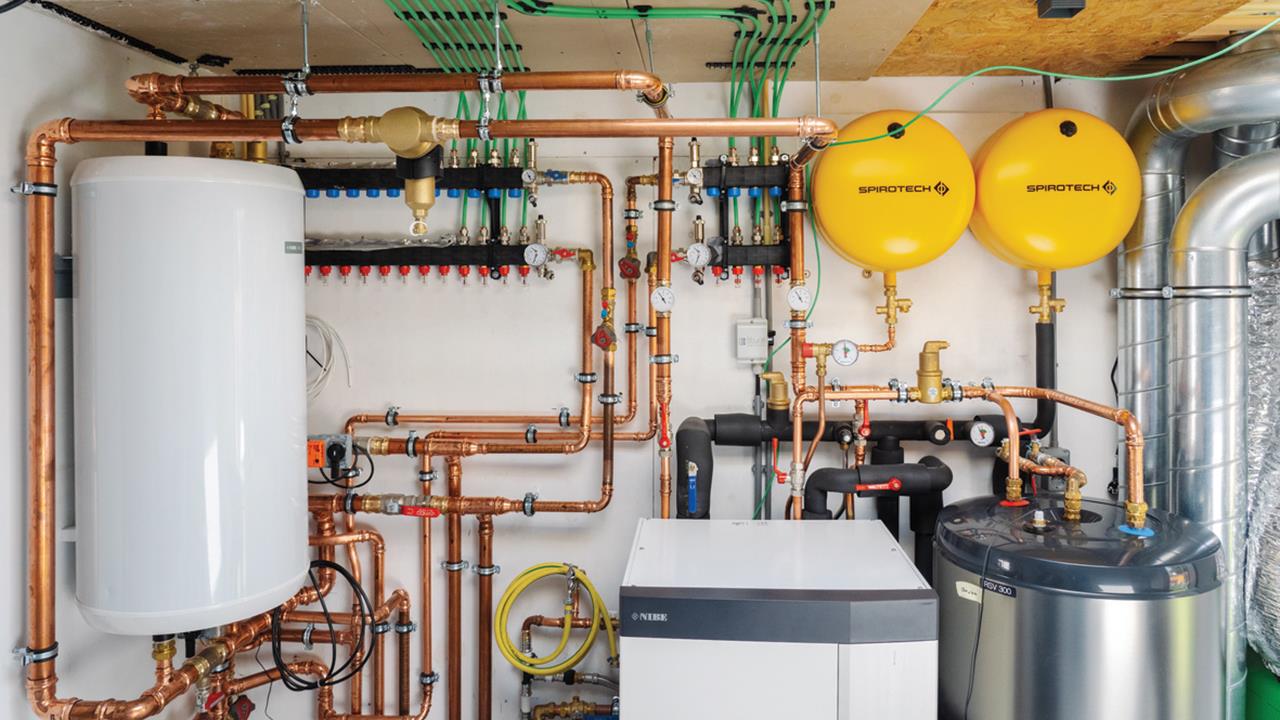

Here in the UK, the government has set a target to reach 600,000 annual heat pump installations by the year 2028, as part of the country’s journey towards cutting carbon emissions and achieving net-zero.
According to the latest analysis by the International Energy Agency, global sales of heat pumps grew by 11% in 2022. The trend is also apparent in the UK.
The latest Climate Change Committee report found that number of heat pump installations is continuing to rise. Additionally, OFGEM figures from May report that almost 14,000 Boiler Upgrade Scheme vouchers have been issued since the scheme was launched.
While this increased take up is a positive step in the right direction, there is still a long way to go to meet UK targets. Over the coming months, installers can expect to find themselves increasingly being encouraged to learn to work with the technology. As this push continues and more heating engineers look to expand their businesses, it is important to ensure that this renewable technology is being installed to the highest quality.
Need for protection
Currently, the cost of a heat pump remains much higher than that of a typical boiler, so it makes sense that both the installer and homeowner would want to protect this expensive investment and prolong its lifespan.
Any home with an air source heat pump installed still has a wet system, which means that it can be affected by the presence of air and dirt if its water is left untreated, very much in the same way as homes with a typical boiler.
If left untreated, air in the form of microbubbles will eventually be re-absorbed into the system water, where the oxygen will react with any ferrous internal surfaces and gradually corrode the system, creating magnetite. This magnetite can then build-up around the system, including in radiators, which prevents them from heating up correctly and forms cold spots within the home.
As well as impacting the performance of the heating system, this can also hamper efficiency, as the heat pump will be required to work harder to deliver the desired levels of heat, resulting in higher energy bills. Additionally, a contaminated system is more likely to require more frequent maintenance and be more prone to parts failure.
Protecting a heat pump
When it comes to treating air and dirt in a heat pump system, there are a number of different options available to installers.
The first is fitting the air and dirt separators they are familiar with alongside boilers, such as the SpiroVent and SpiroTrap. However, as a heat pump system often has larger pipework, a larger separator is likely to be required for extra capacity.
An advantage of a larger separator is that more air and dirt can be separated because there is more room in the separator’s chamber for dirt particles to drop and microbubbles to rise. Spirotech’s brass air and dirt separators, for example, are available in sizes from 28mm to 2”, which would be suitable for almost any heat pump system.
Additionally, there are combined units available on the market, such as the SpiroCombi MB3, which offers dirt separator and dearator functions in just one product.
For homes where a hybrid heat pump system is being installed, or where there is a primary and secondary circuit, heating engineers may want to consider a low-loss header solution, such as the SpiroCross AX-J, which combines hydraulic balancing and air and magnetic dirt separation.
Additionally, it is important that installers can identify the jobs where it makes more sense to install a vacuum degasser, such as the SpiroVent Superior S250. This includes small to medium-sized installations in commercial and residential construction, such as offices, or apartment buildings with underfloor heating or many radiators.
In these cases, the heating system is often in the basement and, as a result, there is a large static height above the hottest point of the installation, making it difficult to predict where air is released into the system water. To ensure removal of all microbubbles and even gases from the system water, a vacuum degasser is recommended as the ideal solution.
Made for the future
By educating themselves on the different water treatment solutions available for heat pump systems, heating engineers can place themselves in a position to deliver high quality results for customers looking to make the switch to renewables.
To support heating engineers in upskilling to heat pumps, Spirotech recently launched its new ‘Made for the Future’ campaign. With a digital guide available to download from the company’s website, installers can learn more about the different solutions that are suitable for heat pump installations and learn more about their benefits.
If you'd like to keep up-to-date with the latest developments in the heating and plumbing industry, why not subscribe to our weekly newsletters? Just click the button below and you can ensure all the latest industry news and new product information lands in your inbox every week.